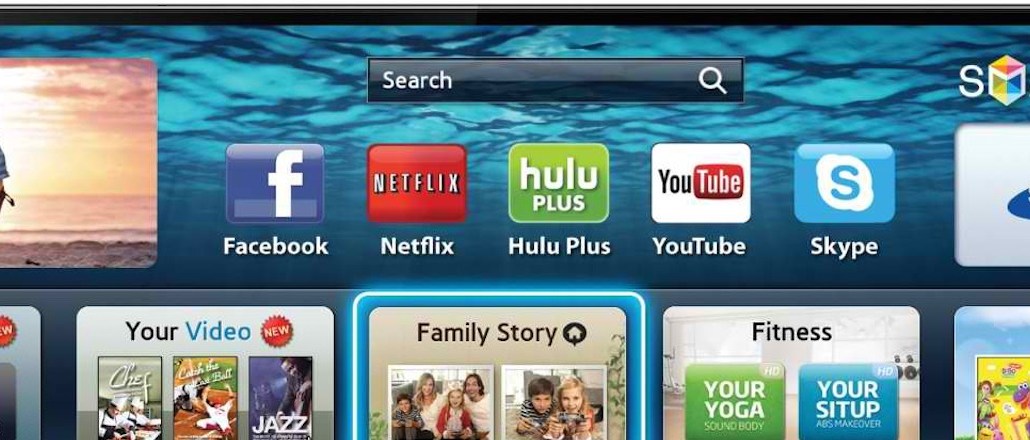
While it’s not unusual for ads to appear on a television, Samsung is kicking the concept up a notch — and igniting some ire in the process.
The South Korean electronics maker is reportedly adding more ads to its smart TV menu bar in an effort to make up the losses from sagging TV sales — and in the process threatening to alienate the people who actually do buy their sets. The program, currently being tested in the U.S., is expected to roll out soon across Europe.
The Wall Street Journal reports that Samsung is trying to sell the interactive ad units to ad agencies promoting the placements as a way “to deliver relevant brands and content to consumers.” The ads appear next to apps, like Netflix or Hulu, and are interactive when clicked on. For example, Walt Disney Co. bought one last year and made an quiz matching people to a character from their movie “The Good Dinosaur.”
Older Samsung smart TV users aren’t safe either since it’s developing a software update that will retroactively install the technology.
Some people — notably and unsurprisingly Reddit users — aren’t happy with the news and are threatening to trade in their Samsung TVs for rivals. “If they are going to start that shit, well I have a Chromecast that will be more than happy to not give me ads,” one user said.
Another person noted: “They’re trying to make it where a person can’t escape ads.” Perhaps the rise of the television adblocker might not be too distant in the future.
More in Marketing

Rembrand’s CEO wants to grow virtual ad placements in streaming, and he’s looking elsewhere for models
Omar Tawakol wants to improve advertising within the streaming world, and is working with advertisers and publishers to improve that experience.

Marketers are keen to use generative AI in ad campaigns, but hidden costs lurk
Marketers across the industry want to use AI to cut down on time spent in creative production. It’s not so simple in practice.

2025 was rough for Target. It could also be the year when its turnaround began
Much of the front half of the year for Target was defined by the company’s decision in January to pull back on DEI initiatives.





